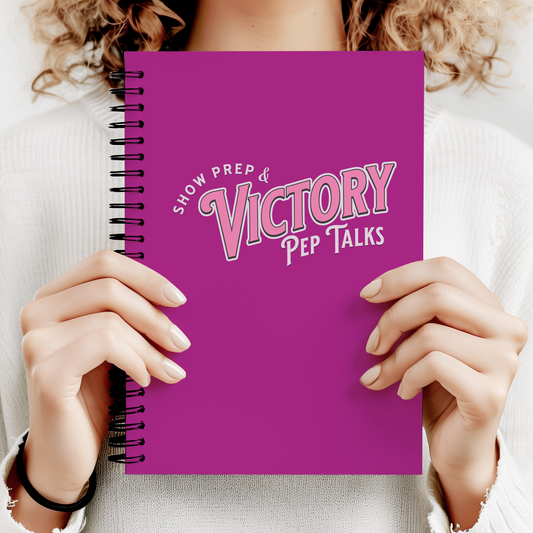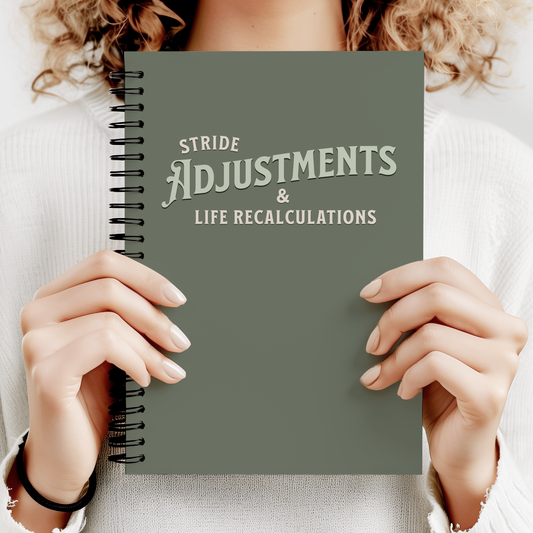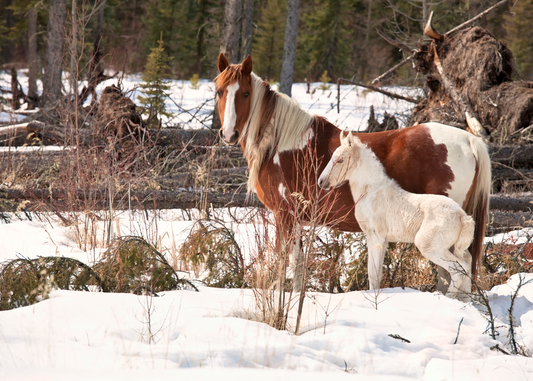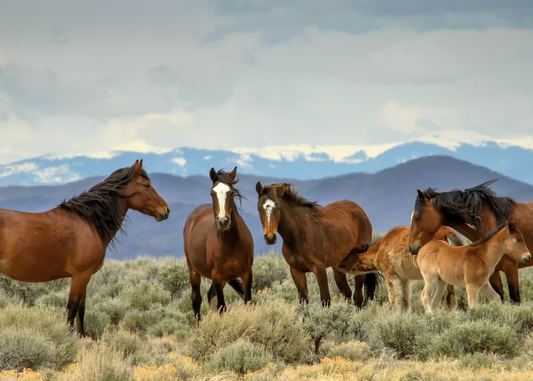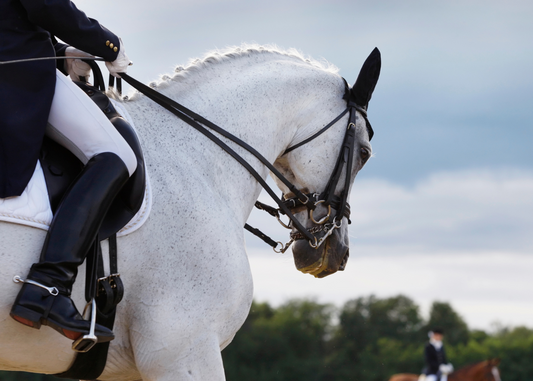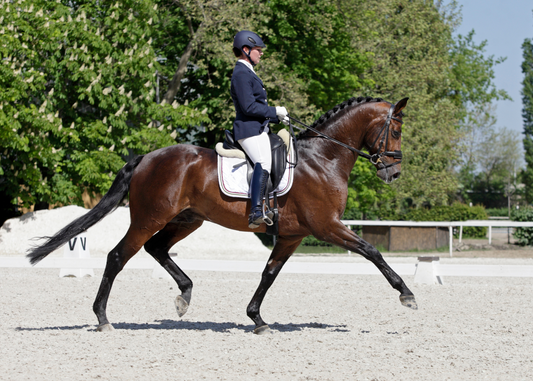Rhythm is the first and most fundamental step of the Dressage Training Scale. Without a clear, consistent rhythm, all other aspects of training become difficult to achieve. Whether you’re working with a young horse or refining an advanced partner, rhythm provides the stability and structure needed for effective dressage training.
What Is Rhythm in Dressage?
Rhythm refers to the regularity and consistency of the horse’s gait. Each gait—walk, trot, and canter—has a natural rhythm that should remain steady and even throughout the ride. A well-established rhythm ensures balance, coordination, and a smooth progression through the rest of the training scale.

Photo: Heather Moreton
Key Characteristics of Good Rhythm:
-
Regularity: Each step within a gait should be equal in length and tempo.
-
Consistency: The rhythm should remain unchanged, regardless of movement or transition.
-
Freedom of Movement: The horse should move forward with ease, without tension or hesitation.
Common Mistakes and How to Fix Them
Many riders struggle with maintaining rhythm, especially in young or tense horses. Here are some common rhythm-related issues and how to address them:
-
Irregular Strides: If your horse’s steps are inconsistent, return to a steady working gait and focus on maintaining a soft, following contact.
-
Rushing or Slowing Down: Use half-halts to encourage balance and self-carriage, preventing the horse from speeding up or lagging.
-
Loss of Rhythm in Transitions: Practice smooth transitions by preparing in advance and using clear, steady aids.
Before you can work on suppleness, connection, or even impulsion, rhythm must be securely in place.
Exercises to Improve Rhythm
Incorporating targeted exercises can help establish and refine rhythm. Try these simple yet effective drills:
-
Pole Work: Trot or canter over evenly spaced ground poles to encourage a steady tempo.
-
Count Your Strides: Mentally counting each stride helps riders develop an internal sense of rhythm.
-
Tempo Changes Within Gaits: Practice lengthening and shortening strides while maintaining regularity.
The Role of the Rider in Maintaining Rhythm
Riders play a crucial role in establishing and maintaining rhythm. A balanced seat, steady hands, and consistent aids contribute to a rhythmic and harmonious ride. Tension or imbalance in the rider often translates to irregularity in the horse’s movement.
Why Rhythm Matters
A horse with a strong sense of rhythm moves with confidence, making training more effective and enjoyable. Once rhythm is established, riders can progress to the next step in the Training Scale: Suppleness.
Stay tuned for the next article in our series, where we’ll explore how suppleness enhances a horse’s ability to move freely and willingly!
This article is part of our complete Dressage Training Scale series. Start from the beginning here.






